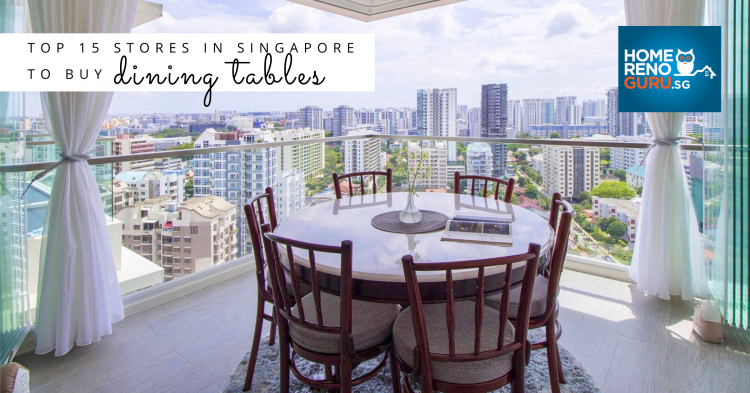Buying a house is one of the few big-ticket items that we will pour our hard-earned savings into — housing is expensive, but the process to attain a house can be just as harrowing. So if you’ve just purchased your first home, congratulations! Your trials and tribulations are finally over and you can now start the rest of your life in your new home – or can you?
Your next thought might be renovating it to make it into the home of your dreams. However, it can be challenging for first timers to gauge how much a typical renovation might cost.
How much need I expect to spend?
The estimated renovation package would range between 10K to 30K for premium BTO flats, and 15K to 50K for standard BTO flats.
For resale flats, prices depend on the condition of the house and could range from anything below 10K to 100K, depending on the services rendered! If you purchased a resale flat that was recently renovated, there might be no need for major renovation. However, if your new flat hasn’t been touched since the 80’s, you might need to spend a lot more on painting, tiling and hacking walls.
Your interior designer will ask: So… what is your budget?
As you approach your interior design company, they will need to know your budget before they can start planning what they can do for you. A simple, general rule of thumb for setting a budget is to buy what you can afford.
Major works that are typically required include:
- Flooring (and cement screeding)
- Painting
- Kitchen cabinets, hood and hob
- Carpentry, plumbing work
Depending on the size of your flat and the quality of the material, these could easily amount to at least 10K for a 3-room flat.
[cta1]
On top of the package…
Be prepared to pay additional costs for accessories and other expenses that you will need to include into your final renovation cost. Here’s a rough guide:
| Item | Price |
| Plumbing | $500 – $2,000 |
| Lighting | $1,500 – $8,000 |
| Electrical works | $1,000 – $5,000 |
| Kitchen appliances | $7,000 – $15,000 |
| Furniture | $5,000 – $15,000 |
| Curtains | $1,500 – $5000 |
| Miscellaneous | $500 – $1,000 |
| Total | ~ $17K – 51K |
Other things to consider…
Quality
When sourcing for raw materials, there is a large quality difference between the cheapest and most expensive items. Quality tends to relate to durability — using higher quality items might mean lesser replacement costs in future, saving you money in the long run.
ID Portfolio
While it makes sense to compare quotes between various ID companies, it’s better to engage a consultant you can trust and will deliver to your expectations. Look through their portfolios to get a sense of each company and their designs.
Another thing to take note of according to Alan Yap from AC Vision Design, is to ask about the designer’s onsite experience. He says: “Sometimes designers can propose very extravagant designs, but if they don’t have the onsite experience, you’ll find out later on that these designs might not be practical after all. Even worse, if they don’t measure your apartment with care you may end up with ill-fitting fixtures and furniture.”
Negotiation
It is important to clarify the costs of each of the items you are paying for to make sure that the prices are justified. It might be wiser to sign the agreement after the interior designer has already done the relevant measurements in your home before quoting their price. Pro-tip: Declare 85% of your actual budget so your ID will try to stretch your budget.
If your final quote reveals to be just above your budget, Benny Ang from Love Home Interior Design suggests some ways you can cut costs: “A good place to cut some cost will be the kitchen. Hardwood usually costs more than soft wood, so if you don’t use the kitchen a lot, you could use soft wood. Other features like self-closing drawers and cabinet can be substituted with traditional hinges as well.”
Now you’re ready to make a more informed decision about renovating your home! But before you leave to find the perfect designer, it would be wise to heed the wise words of Ronnie Foo from Darwin Interior: “At the end of the day, do note that it’s more important to set a realistic budget for your renovation. It’s best to do your own research to decide on your needs first, then approach an ID company.” Now go forth and plan the home of your dreams!
Now that you have a better idea of how much your renovation will cost, here’s what you need to know if you are contemplating a loan.








